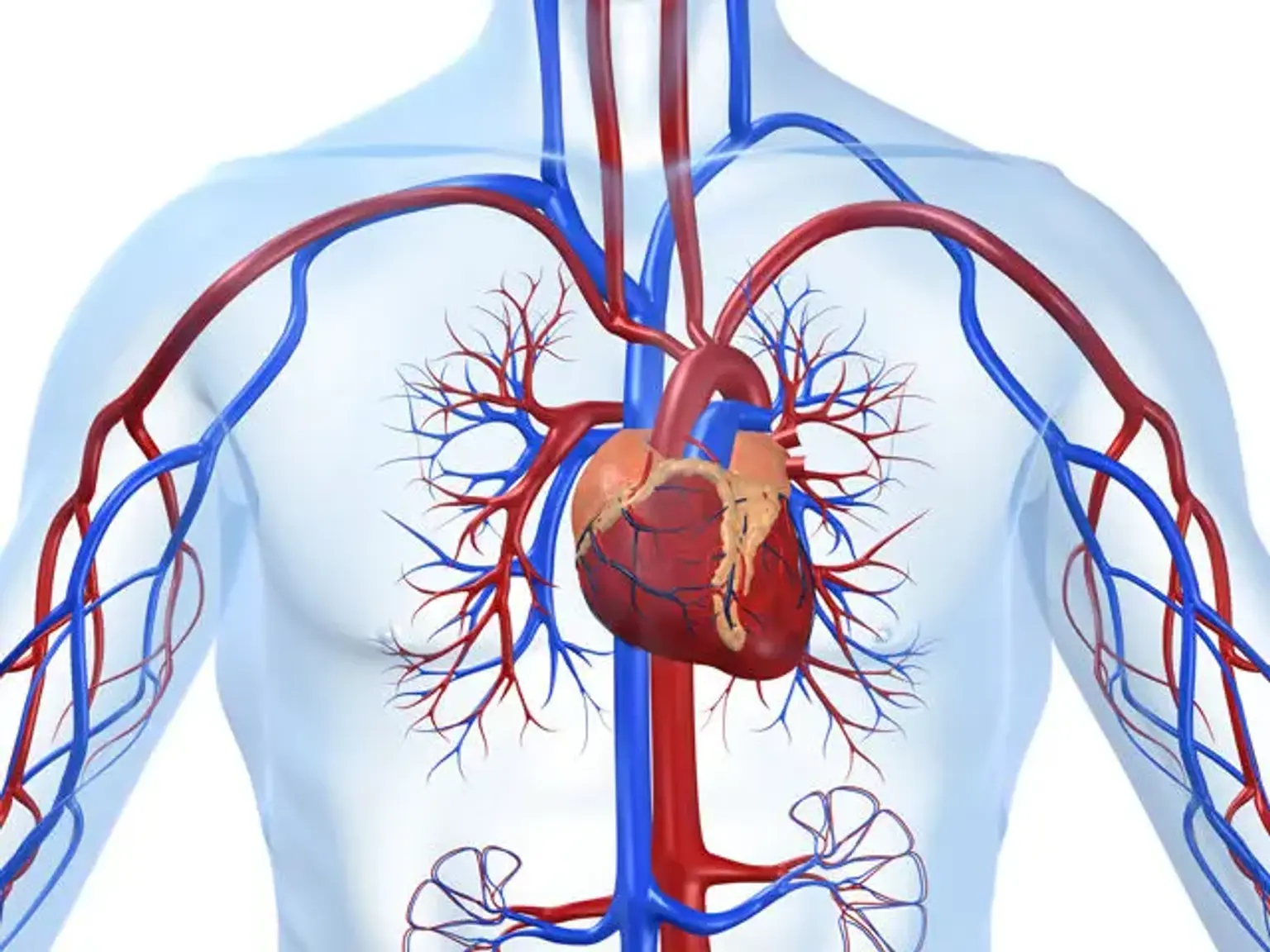Cardiovascular diseases
Cardiovascular disease is a term used to describe a set of illnesses that affect both the heart and blood vessels. Such disorders may affect one or more components of the heart or the blood vessels. Patients with the condition can be symptomatic (experiencing the disease-related symptoms) or asymptomatic (not experiencing anything).
Whereas cardiovascular diseases are life-threatening, it is also avoidable in most cases. Early adoption of healthy living choices will help you live longer and have a healthier heart.
